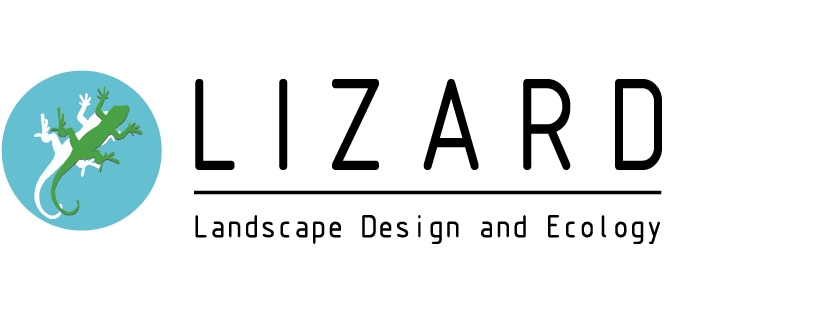Whether you’re starting a new outdoors development project or undergoing some fresh renovation work, it’s important to consider the environmental impact your actions could have on surrounding wildlife and natural habitats.
Here’s why you should keep ecology in mind throughout the development process and what you can do to ensure protected species and habitats come to no harm.
Where can you find protected species?
Development sites can coincide with the existence of natural habitats, threatening wildlife and ecology.
Here’s some places you can expect to find protected species:
● Ancient trees/ones with significant decay features - bats, breeding birds, dormice
● Large gardens in suburban and rural areas - bats, breeding birds, badgers, reptiles and great crested newts
● Lakes, rivers and streams (on the land or nearby) - breeding birds, fish, otters, water voles and white-clawed crayfish
● Heathland on, nearby or linked to the site (by similar habitat) - breeding birds, badgers, dormice, reptiles, invertebrates, natterjack toads and protected plants
● Meadows, grassland, parkland and pasture on the land or linked to the site (by similar habitat) - bats, badgers, breeding birds, great crested newts, invertebrates, reptiles and protected plants
● Ponds or slow-flowing water bodies (like ditches) on the site, or within 500m and linked by semi-natural habitat such as parks or heaths - breeding birds, fish, great crested newts, water voles, invertebrates and white-clawed crayfish
● Rough grassland and previously developed land (brownfield sites), on or next to the site - breeding bird, reptiles, invertebrate and protected plants
If you’re planning on starting development work in any of these places, you’ll need to take steps to ensure the natural environment is protected.
How can we look after wildlife and habitats throughout the development process?
When beginning or resuming a development project, consulting ecological experts is crucial. Often, they’ll recommend carrying out ecological surveys. These surveys can assess whether a planning application would harm or disturb a protected species.
Protected species surveys are a legal requirement if initial surveys suggest that any of the species listed in Article 12 of The Conservation of Habitats and Species Regulations (Habitats Regulations) 2010 (as amended), or The Wildlife and Countryside Act 1981 (as amended), are present on a development site. These surveys will be submitted with planning proposals.
Lizard Landscape Design and Ecology provides a comprehensive range of ecological surveys; from baseline ecological appraisals and impact assessments, to detailed protected species surveys involving badgers, bats, amphibians and reptiles, to species translocation, and ecological mitigation and enhancement work on site under ecological supervision.
If you’re concerned about the potential impact your development work may have on the environment, consult Lizard Landscape Design and Ecology. We offer specialist ecological services to complete your landscape development project and assist in determining the ecological impact a development could have on its environment. Our ecological consultants have decades of experience performing ecological surveys to ensure natural habitats are protected and cared for throughout the development process. Contact us today to learn more about what we do.

